Monstera plant care – how to keep your Swiss cheese plant happy
Heed these expert Monstera plant care tips for a healthy, fast-growing houseplant
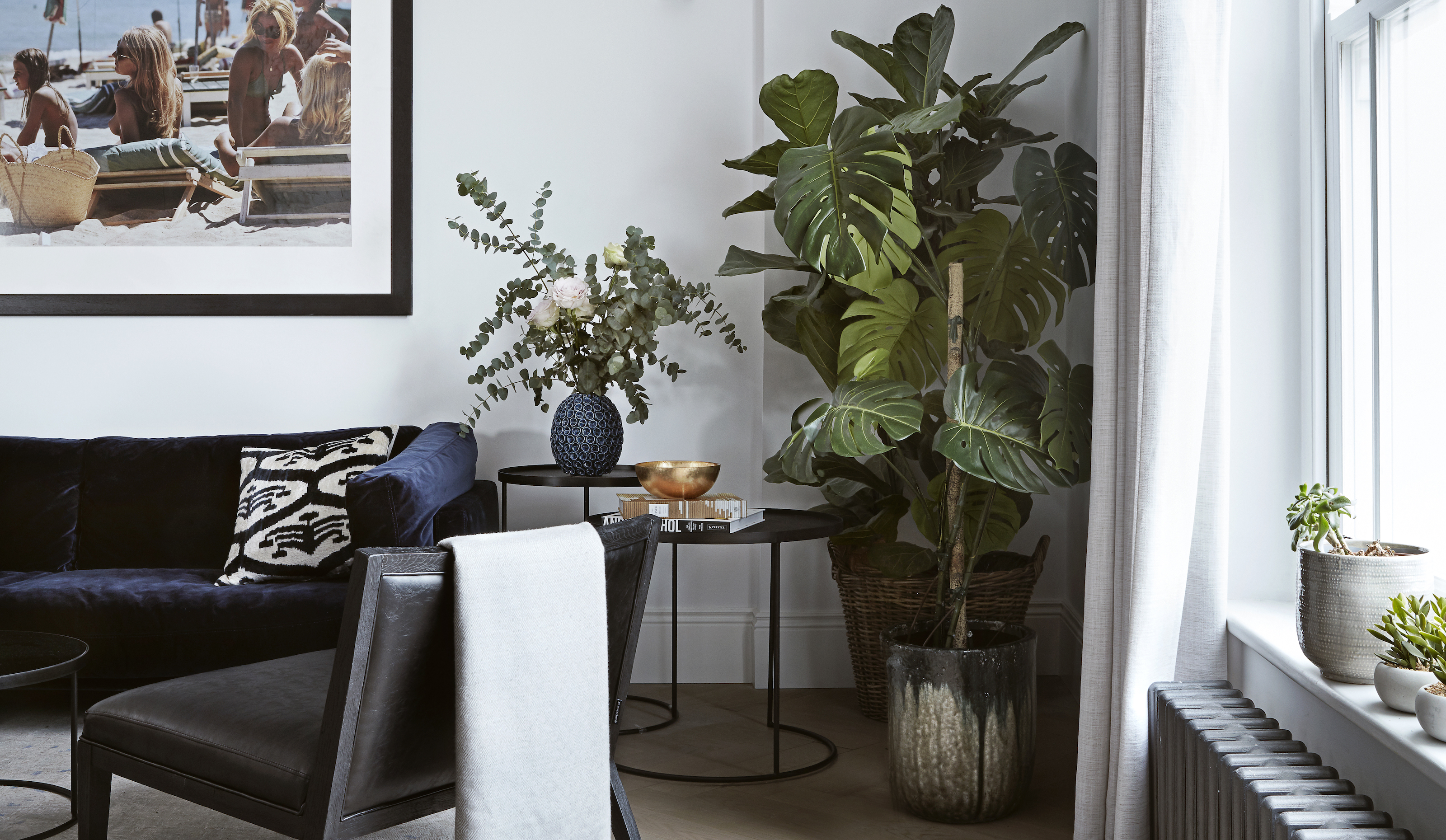
Monstera plant care is relatively easy compared to many houseplants. With its lush green leaves and retro vibes, the Monstera is a staple in stylish modern homes the world over. It's also one of many houseplants that clean the air.
'Monstera deliciosa grow quickly, perfect for adding a jungle-look at home. Their speed of growth, ease of care and large foliage has made them very popular,' says Jemma Charman, co-founder, Green Rooms Market. In fact, it's one of the best houseplants for beginners.
'We're going to call it – Monstera have the most iconic and recognizable leaves in the houseplant world,' says Jo Lambell, founder, Beards and Daisies. 'Its leaves are instantly recognizable for the holes that look like Emmental cheese, earning them the nickname, Swiss cheese plant.'
Find out how to look after Monstera plants with this guide.
Monstera plant care for beginners
'The holes in Monstera develop naturally so that light can reach the lower parts of the plant through the higher leaves in the wild and they help make them more resistant to strong winds,' says Jo Lambell of Beards & Daisies. 'The holes are actually called ‘fenestrations’ if you want to sound like you know your stuff!'
'Emblazoned on everything from wallpaper to bedsheets, its desirability is at peak levels. But you can’t beat the real deal, and the Monstera continues to be a bestseller.'
1. Position away from heat and windows
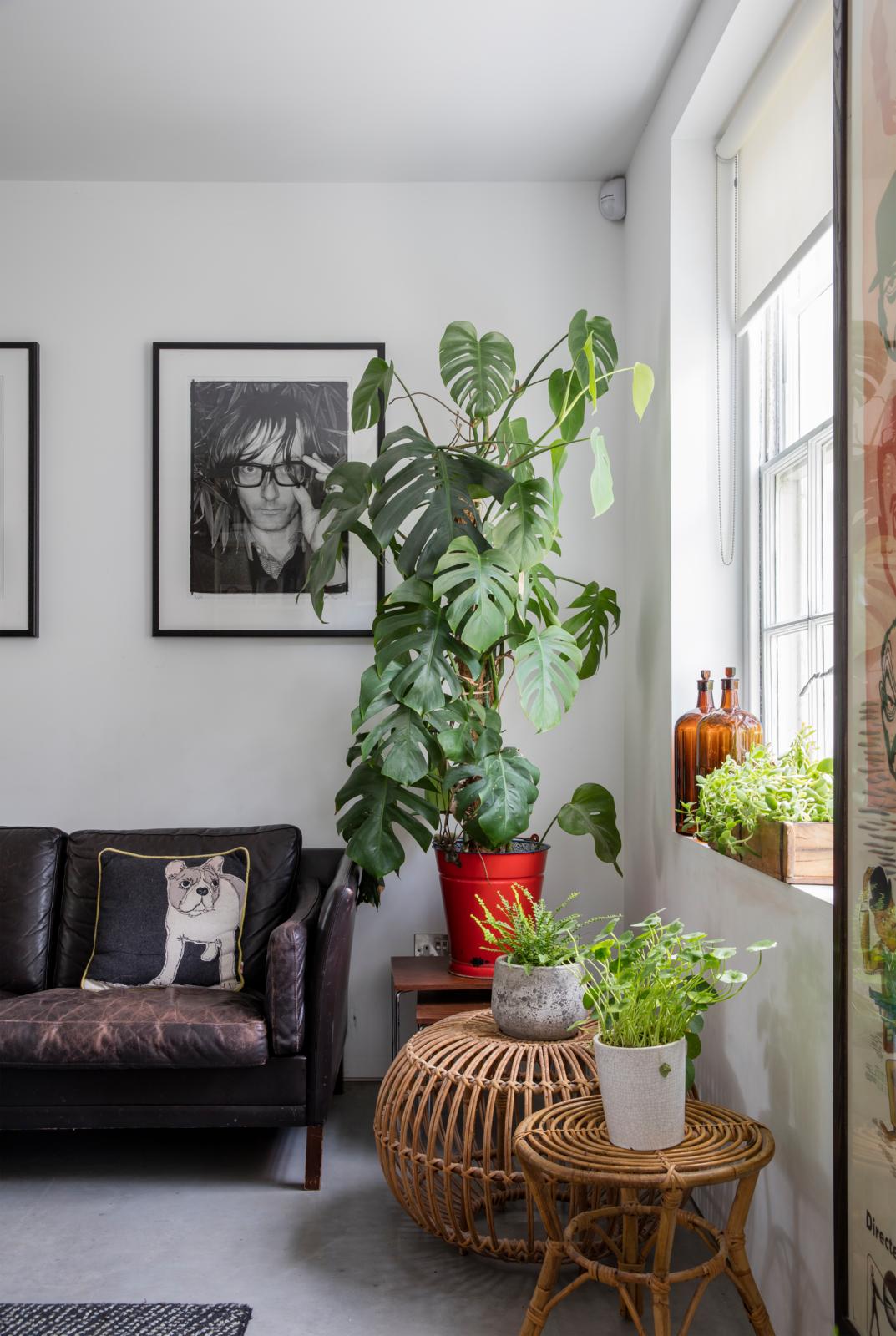
Positioning your plant isn't just about where it looks good in the room, its location needs to suit its sensibilities too. Luckily, the Monstera is a hardy, fuss-free species.
'Monstera plants can tolerate a shadier corner in your home but will thrive in a bright spot,' says Morag Hill, co-founder, The Little Botanical. 'We suggest positioning yours a few feet away from a window – this is the perfect home.'
'Place it somewhere with bright indirect light but not near any dry heat sources like radiators or central heating vents,' adds Jo Lambell.
2. Only water when the soil is dry
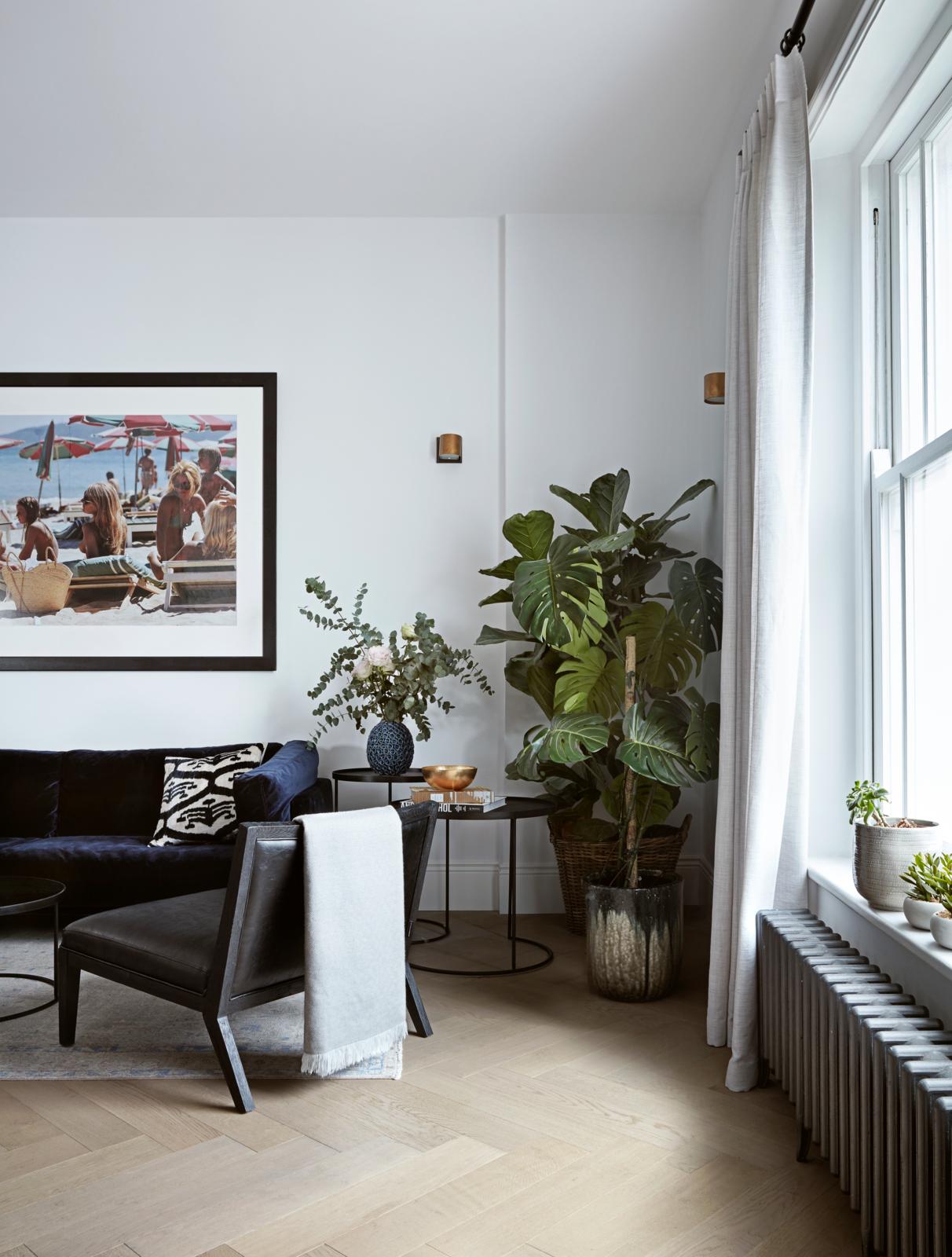
This is another houseplant that tends to suffer more from drowning than drought, when it comes to watering them, so it's important to know how often to water your houseplant.
'Monsteras aren’t fussy about watering, just give them a drink once their soil is completely dry,' says Richard Cheshire, plant doctor at Patch.
'It's always best to err on the side of caution with Swiss cheese plants,' says Jemma Charman, Green Rooms Market. 'Water once the soil feels dry a couple of inches down into the pot. I would always take the plant out of its decorative pot and water at the sink or bath, allowing all the water to drain away before placing it back, as it won’t like to be left sitting in water, which can lead to root rot.'
3. Give it space to grow
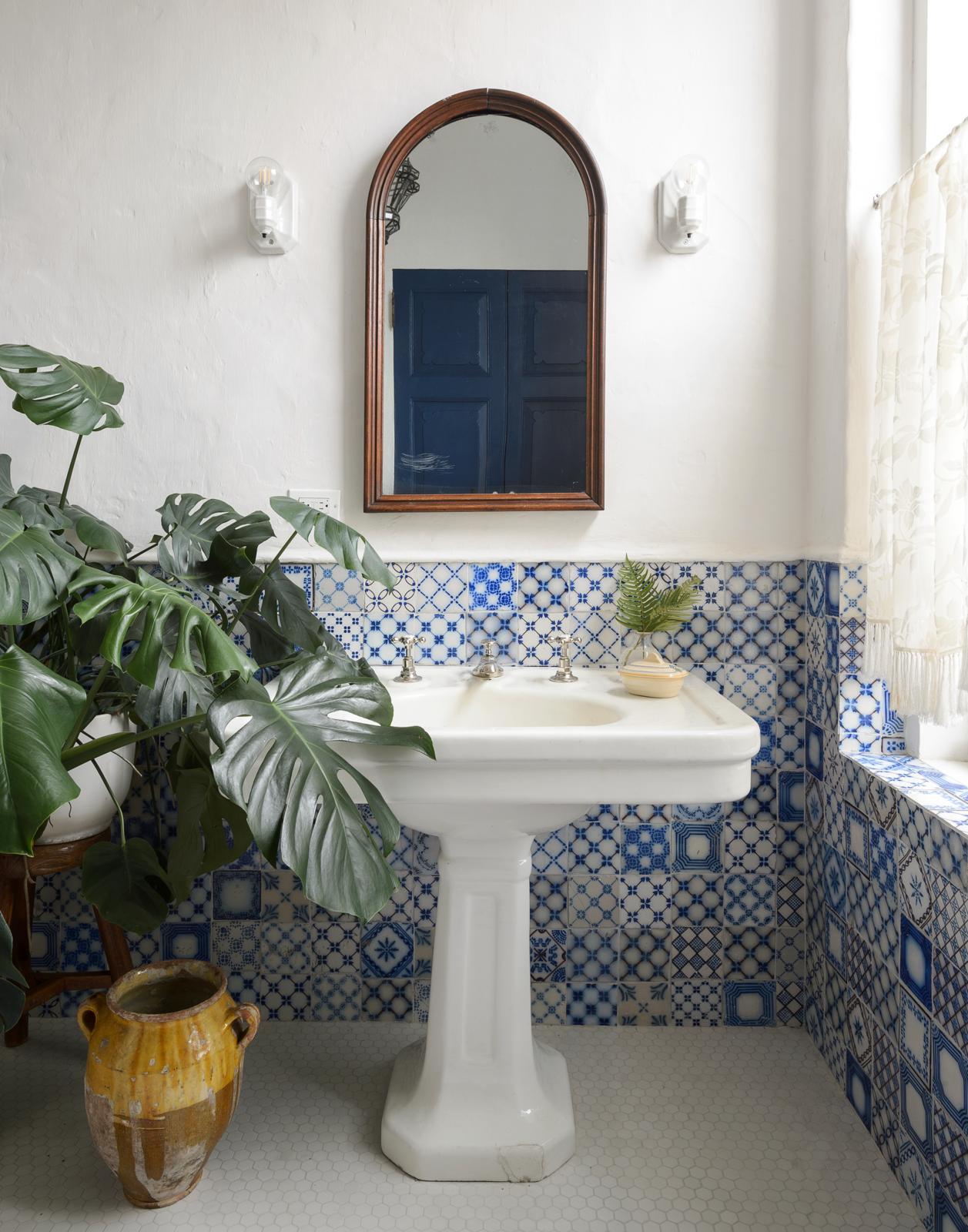
This is a fast growing fella, so make sure it has room to spread its leaves.
'Monsteras grow around 1-2 feet per year and can live for 40 years, so you can do the maths,' says Jo Lambell, Beards & Daisies. 'Make sure you give it plenty of room to stretch out as it can grow as wide as it does tall. Consider giving it a supportive pole as it gets increasingly bigger.'
'A coir or moss pole for support will help them to grow large, and give the shape of the plant more structure,' adds Jemma Charman of Green Rooms Market.
4. Repot when it's ready
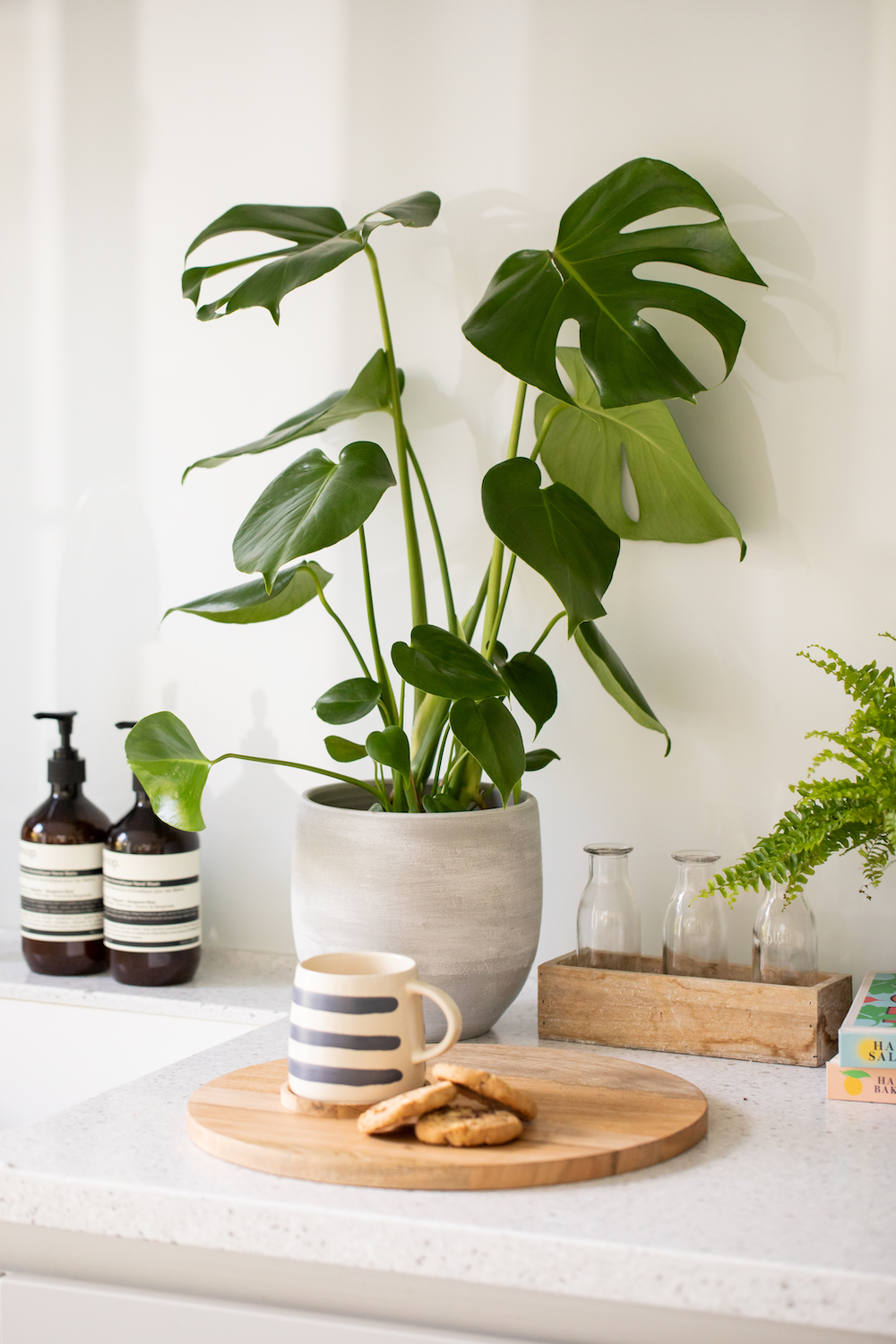
'It's also advisable to keep an eye on the bottom of the pot, if roots are starting to grow out through the holes it will be time to repot,' adds Jemma Charman.
'I would do this in spring or summer when the plant is actively growing. The new soil will give a boost of nutrients and allow more room for growth. Make sure to choose a new pot that is only slightly larger than the current one, and make sure it has drainage holes.'
5. Dust and mist its leaves

Recreating a plant's natural habitat as much as possible is always advisable if you want it to thrive.
'Hailing from the tropical rainforests of Southern Mexico, your Monstera plant will crave the humidity of its native environment. Recreate these conditions with regular misting, every few days, and you’ll have a happy plant,' says Jo of Beards & Daisies.
'It will appreciate having its leaves dusted regularly with a damp cloth too. This helps unblock its stomata (pores) meaning it can breathe and photosynthesize.'
How much light does a Monstera plant need?
'They’ll do just fine in shady spaces but will prefer a spot with bright, indirect light,' says Richard Cheshire, plant doctor, Patch Plants.
Are Monsteras easy to care for?
'The Monstera is a great starter plant as it is super low maintenance,' says Morag Hill, co-founder of The Little Botanical. 'You only need to water it once a week, and over the spring-summer months it will reward you with new leaves that uncurl as they open.'
Be The First To Know
The Livingetc newsletters are your inside source for what’s shaping interiors now - and what’s next. Discover trend forecasts, smart style ideas, and curated shopping inspiration that brings design to life. Subscribe today and stay ahead of the curve.
Jacky Parker is a London-based freelance journalist and content creator, specialising in interiors, travel and food. From buying guides and real home case studies to shopping and news pages, she produces a wide range of features for national magazines and SEO content for websites
A long-time contributor to Livingetc, as a member of the team, she regularly reports on the latest trends, speaking to experts and discovering the latest tips. Jacky has also written for other publications such as Homes and Gardens, Ideal Home, Red, Grand Designs, Sunday Times Style and AD, Country Homes and Interiors and ELLE Decoration.
-
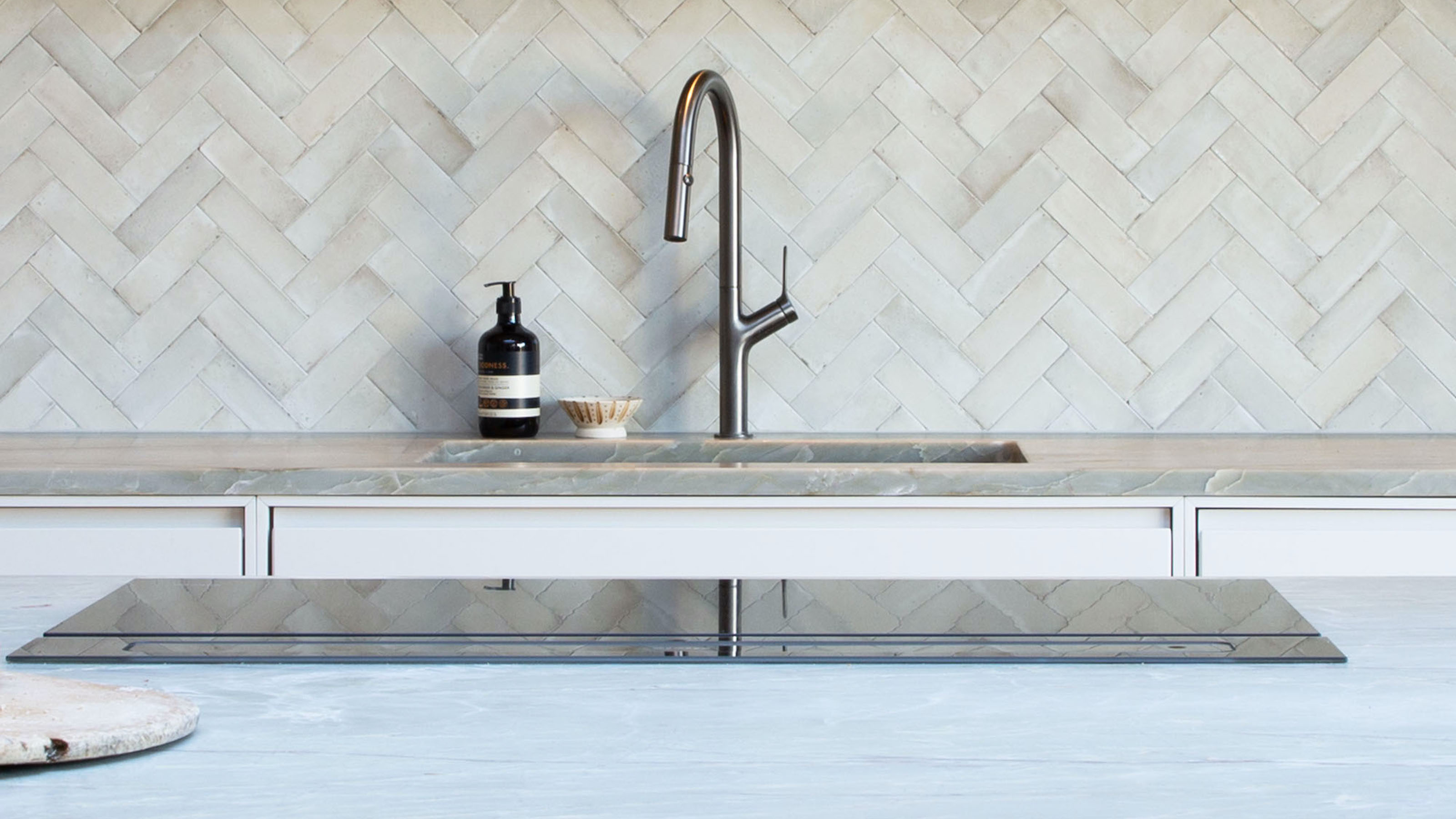 7 Kitchen Tap Mistakes You’re Making That Can Make Your Space Look Outdated – And What to Do Instead
7 Kitchen Tap Mistakes You’re Making That Can Make Your Space Look Outdated – And What to Do InsteadCould it be that your choice of kitchen tap is causing your kitchen to look old-fashioned? Here's what the experts say
By Linda Clayton
-
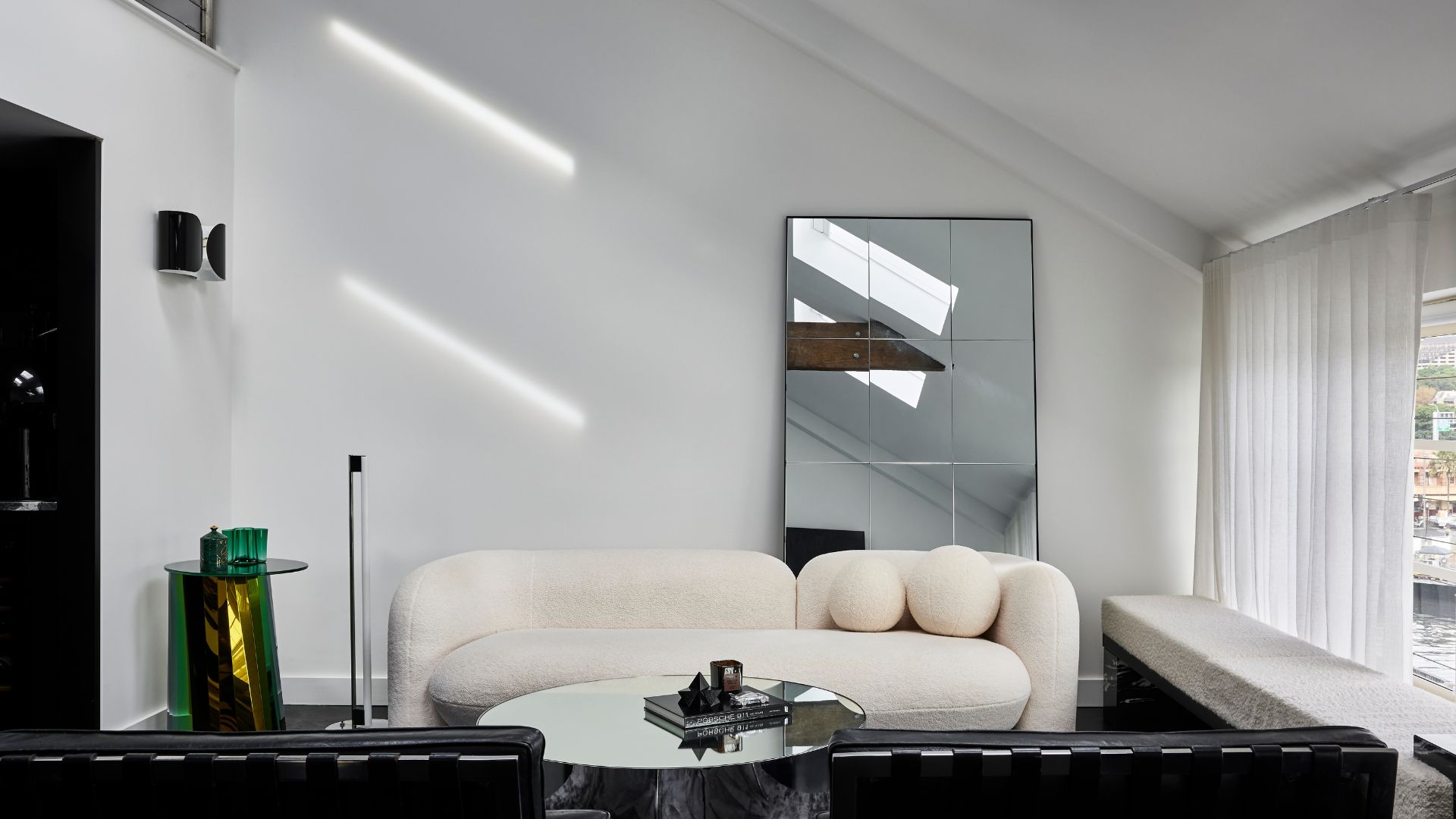 Is it Okay to Have a Mirror Facing a Door in Feng Shui? The Verdict is Out and It Just Might Surprise You
Is it Okay to Have a Mirror Facing a Door in Feng Shui? The Verdict is Out and It Just Might Surprise YouDecorating your home with mirrors calls for intention if you're dressing your space in accordance with Feng Shui. Here's what you should know.
By Amiya Baratan